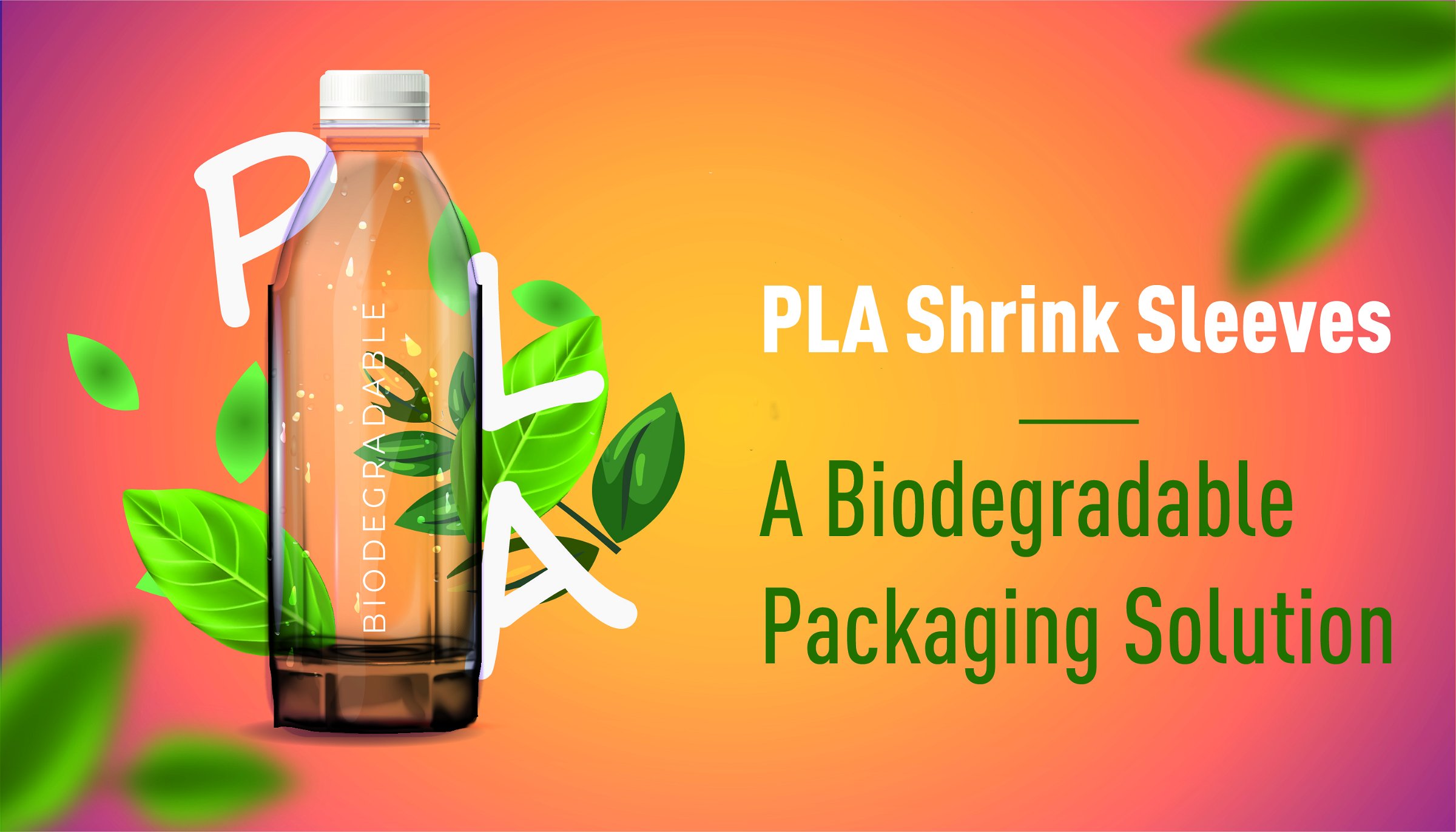PLA Shrink Sleeves – A Biodegradable Packaging Solution

Packaging is an integral part of our daily lives. The use of plastic in the packaging of food products is frowned upon, but various innovations have made it safer. Yet the need for bio-based plastic was always missed. By now, you must be clear about the intention of this article.
Yes, you are right! “Plant based Shrink Sleeves” You might have already heard about PLA Shrink Sleeves. Let’s talk about PLA so we can better understand it and use it.
Polymer and Packaging Industry is always been a dynamic industry. The product update, renew and replace in short period of time. As a Global Advisor and Director of Taurus Packaging, I have always been the supporter of holistic technologies that create significant steps in closing the loop. With 15 years of active experience and comprehensive exposure, I tend to implement it everywhere I can.
PLA, or Polylactic Acid is a plant-based plastic made from fermented starch. It is comparatively new plastic material compared to the other shrink sleeve materials in the industry. PLA is mostly manufactured from corn. It is also made from sugarcane in some regions. Although the usage of PLA shrink labels is only 10% in developing nations, it has a huge scope in the near future.
PLA is given due prominence because of its biocompatible polyester property. It is developed in 4 processes: fermentation, separation, lactide conversion, and polymerization. Let’s take a closer look at its properties as a shrink sleeve substrate.
It is biodegradable, with a thickness in the range of 45–60 microns. It can be kept at a good temperature of more than 38 °C or less than 4 °C. It can be printed with almost all printing technologies, like – Gravure, Flexo Solvent, Flexo Water based, Flexo UV, Rotary UV offset & Digital printing. It has high transparency, a good gloss, and good ink adhesion. It also shows effective shrinkage with all types of commercially available shrink tunnels and applications, like Infrared, Steam Flow and Hot Air.
With all these benefits, PLA has a few shortfalls. Biodegradation is a slow process that must be properly processed in landfills. We have not yet assigned PLA to a resin code category. It is classified as “other plastics.” Its availability is restricted to certain markets. And the most confronting is the price, which is higher than the price of PVC and PETG. We understand that it is impossible to find a perfect solution, hence, the subsequent moves are required to make the shift towards a sustainable world.
PLA has been in the industry for quite a while, yet its usage is not much considered by the brands. Mostly due to a lack of information and a misunderstanding of the application process. There also have been various misconceptions about the PLA few years back which has been less frequent now but still has impact, that comes from insufficient knowledge and experience. As a shrink sleeve consultant, I advise brands to know more about PLA and then subsequently take a decision as per the market’s upcoming, future-oriented shrink sleeves or labels to help the environment.
And for all applicability queries and further technical discussions, you can either go with your existing packaging partners or you can also interact with me, utilising my prior experience with this shrink film. You can directly book a one to one call on chetan-jain.com.
I hope this article will clear your doubts about PLA. In the world of sustainable shrink sleeves, there is a lot that can be done.
